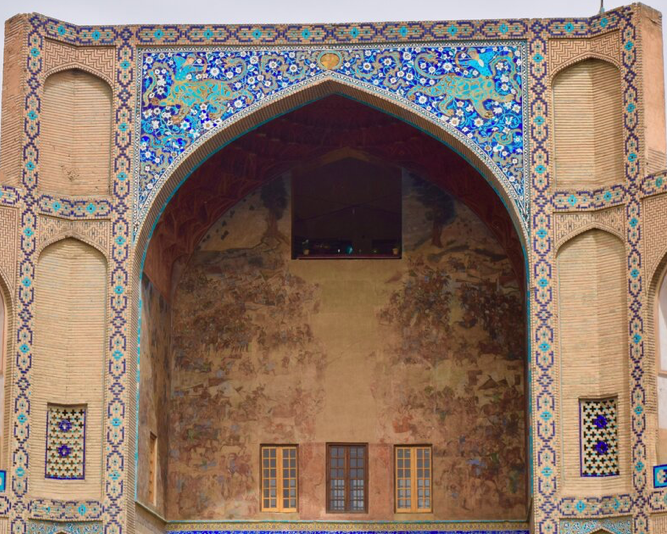
Thread: 5,000 year old Egyptian wooden statue of a man with lapis lazuli eyes...
My wife, an English literature graduate, who "hates science fiction" is reading Dune. And is totally engrossed...Verdict: "one of the best books she ever read"...An she read a lot of good books...
My wife, an English literature graduate, who "hates science fiction" is reading Dune. And is totally engrossed...Verdict: "one of the best books she ever read"...An she read a lot of good books...

Good, cause I spent months trying to persuade her that this wasn't really a science fiction book, but rather a grand philosophical tractate written as a page turning epic set in a fictional future universe...
I read Dune myself when I was 19/20 years of age. I couldn't put it down and I couldn't stop thinking about it for months after I finished... It blew my mind...So a year ago I bough the book for my 15 year old son. And he read the whole trilogy in one breath... 

This morning at breakfast, my wife and my son were discussing a particularly powerful scene from the end of the second book. My wife was saying that it was one of the best 10 pages she had ever read...
I was listening to them and I suddenly realised that I couldn't remember that scene...That I couldn't actually remember any scene from the book...That I have forgotten it all...All that was left was this vague memory of something magical that I experienced long time ago...
The thing is, I don't know if I will read the book again...I don't think I have energy for deep and dark stuff any more...I think I will just leave it like this...
Anyway, for those who didn't read Dune...Bon voyage...
Anyway, for those who didn't read Dune...Bon voyage...
• • •
Missing some Tweet in this thread? You can try to
force a refresh










